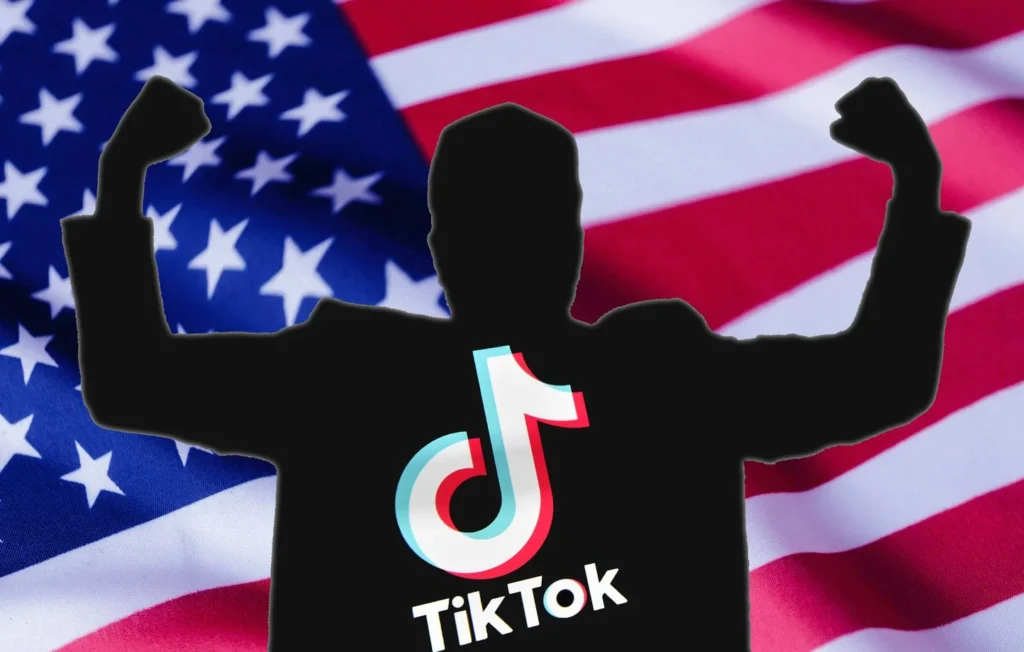
Table of Contents
TikTok : Explore the recent developments surrounding TikTok in the United States, including its temporary ban, legal challenges, and the path to restoring services for millions of users.
TikTok, the popular video-sharing app, has experienced a tumultuous journey in the United States, marked by legal challenges, political debates, and concerns over national security. TikTok As of January 19, 2025, TikTok temporarily ceased operations for its 170 million U.S. users, following a Supreme Court ruling that upheld a federal ban due to its Chinese ownership.
Business Insider However, the platform has since begun restoring services based on President-elect Donald Trump’s promised executive order to pause the ban, allowing its parent company, ByteDance,TikTok additional time to find an approved U.S. buyer.
The Rise of TikTok
Launched in 2017 by the Chinese company ByteDance, TikTok quickly gained global popularity, especially among younger demographics. The app allows users to create and share short-form videos, often set to music, fostering a new wave of digital creativity and social interaction. Its algorithm, known for delivering personalized content, has been a significant factor in its widespread appeal.
National Security Concerns
Despite its popularity, TikTok has faced scrutiny from U.S. officials concerned about data privacy and national security. Critics argue that ByteDance’s Chinese ownership could allow the Chinese government access to American users’ data, posing potential security risks. In April 2024, President Joe Biden signed a law requiring ByteDance to sell its U.S. operations or face a ban, citing these concerns.
Legal Battles and Political Debates
The mandate for ByteDance to divest its U.S. operations led to a series of legal challenges. ByteDance contested the order, arguing that it violated the First Amendment. Despite these efforts, the U.S. Supreme Court upheld the ban, leading to TikTok’s temporary shutdown in the U.S. on January 18, 2025.
Restoration of Services
In response to the shutdown, President-elect Donald Trump announced plans to issue an executive order pausing the ban, providing ByteDance with additional time to secure a U.S. buyer. Following this announcement, TikTok began restoring services to its U.S. users. However, the app remains unavailable on Apple and Google app stores pending further developments.
Public Opinion and Future Prospects
Public opinion on the TikTok ban remains divided. A poll by The Associated Press and NORC Center for Public Affairs Research found that 31% of U.S. adults favor a nationwide ban, while 35% oppose it, and 31% are neutral. Among daily TikTok users, 73% oppose a ban.
Associated Press News As discussions continue, the future of TikTok in the U.S. remains uncertain, hinging on political decisions and potential changes in ownership.
TikTok Restores Service After Federal Ban: A Closer Look at the Controversy and Its Implications
In a dramatic turn of events, TikTok announced on Sunday that it was restoring service to U.S. users mere hours after the platform was temporarily shut down. The outage was TikTok a direct response to a federal ban that prohibited the app’s operation in the United States unless its China-based parent company, ByteDance, sold its U.S. operations. The ban marked the culmination of months of bipartisan pressure on TikTok, fueled by growing concerns over TikTok national security and data privacy. However, President-elect Donald Trump’s intervention to temporarily halt the ban via executive order introduced a new chapter in this ongoing saga.
Millions of American TikTok users woke up on Sunday morning to find themselves locked out of the app, with many expressing confusion and frustration. For some, the app’s absence underscored its significance as a cultural and social hub. Hours later, TikTok announced on its X account (formerly Twitter) that services were being restored following Trump’s promise to issue an executive order granting ByteDance more time to secure an approved buyer for its U.S. operations.
Background on the Ban
The TikTok ban, which took effect at midnight Sunday, was the result of a law passed in April with overwhelming bipartisan support. The law, aimed at reducing the influence of foreign-owned apps on American consumers, gave ByteDance a strict timeline to divest TikTok’s U.S. operations to an American company. TikTok Lawmakers argued that the app’s data collection practices posed a potential national security threat, as ByteDance is based in China and could be subject to Chinese government influence.
The legislation granted U.S. regulators the authority to impose steep fines on companies like Google and Apple if they failed to comply. Consequently, both companies removed TikTok from their app stores late Saturday, leaving users unable to download or update the app.
This action marked the most significant U.S. government effort to date to curb TikTok’s influence, despite the app’s widespread popularity. TikTok boasts over 170 million American users, many of whom are teens and young adults who use the platform for everything from entertainment to activism. The ban, therefore, sparked immediate backlash from users, influencers, and even free speech advocates.
Trump’s Intervention
President-elect Donald Trump’s decision to intervene in the TikTok ban highlights the complex political and economic dynamics surrounding the app. In a statement posted to his Truth Social account, Trump declared his intention to issue an executive order on his first day in office to delay the ban. He framed the move as a practical step to allow ByteDance more time to finalize negotiations with potential buyers.
“We cannot ignore the millions of Americans who rely on TikTok for communication, business, and creativity,” Trump wrote. “My executive order will ensure that we address national security concerns without unnecessarily harming users or businesses.”
Trump’s announcement provided immediate clarity to TikTok’s service providers, who had been caught in a precarious position. The company that runs TikTok in the U.S. stated on X that Trump’s statement offered “the necessary assurance” to resume services. This move, while welcomed by TikTok users, also reignited debates about the extent of presidential authority and the balance between national security and economic freedom.
TikTok’s Response and Technical Restoration
TikTok’s restoration of service was met with both relief and skepticism. Some users reported that the app began functioning again within hours of the company’s announcement, although others noted lingering technical issues. Notably, the app remained unavailable for download in Apple’s and Google’s app stores, complicating access for new users or those who had uninstalled the app.
The company has yet to confirm when, or if, TikTok will return to app stores. In the meantime, users who already had the app installed appeared to regain functionality, albeit with intermittent glitches.
TikTok’s U.S. operation emphasized its commitment to maintaining services despite the legal challenges. In a statement, the company said: “We are grateful for the support of our users and partners as we navigate these unprecedented challenges. Rest assured, we remain dedicated to providing a safe and enjoyable experience for all users.”
Political and Legal Implications
The controversy surrounding TikTok raises broader questions about the intersection of technology, politics, and national security. For many lawmakers, the ban represents a necessary step to protect American citizens from potential surveillance and data exploitation by foreign entities. However, critics argue that the ban sets a troubling precedent for government overreach and censorship.
The decision to target TikTok specifically has also sparked accusations of geopolitical bias. ByteDance has repeatedly denied allegations that it shares user data with the Chinese government, and the company has taken steps to distance its U.S. operations from its Chinese parent company. These measures, however, have done little to appease lawmakers, who remain wary of the app’s growing influence.
Trump’s intervention, while temporarily averting a full-scale ban, has also drawn criticism. Legal experts have questioned the feasibility of using an executive order to delay a law that was passed by Congress. Additionally, the move has fueled speculation about potential political motives, as the ban disproportionately affects a younger demographic that tends to lean Democratic.
Impact on Users and Businesses
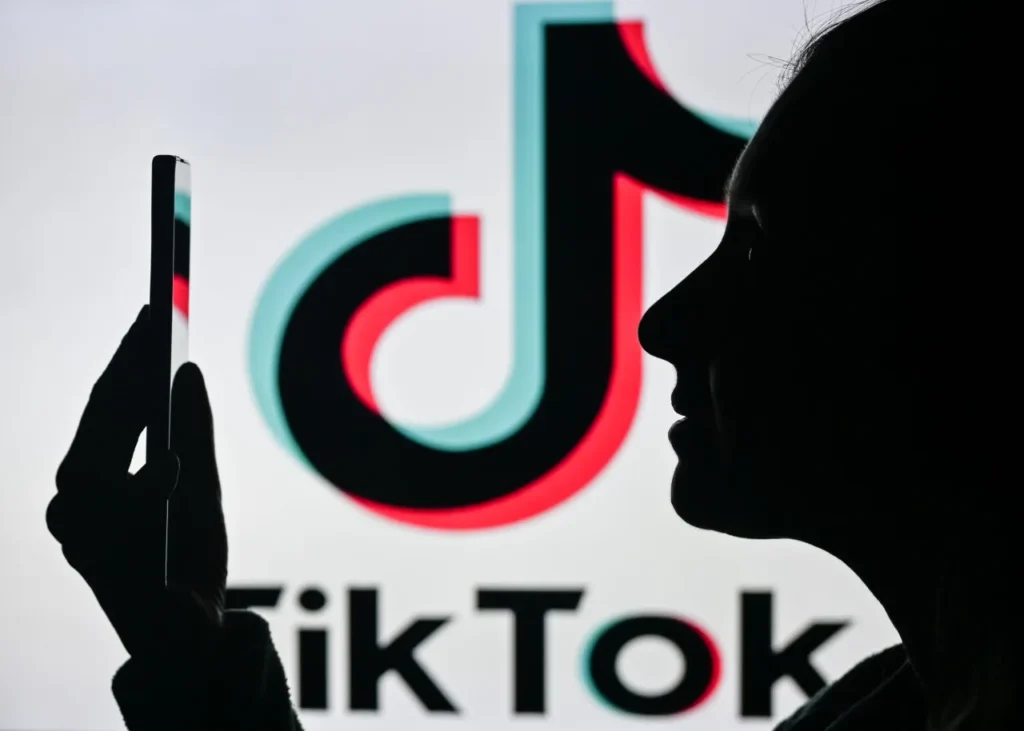
The temporary outage served as a stark reminder of TikTok’s cultural significance in the United States. For many users, the platform is more than just an app—it’s a source of community, entertainment, and income.
Small businesses and content creators, in particular, expressed relief at the app’s restoration. Over the past few years, TikTok has emerged as a powerful marketing tool, allowing entrepreneurs to reach new audiences and drive sales. For some, the platform’s temporary shutdown posed a serious threat to their livelihoods.
“I use TikTok to promote my handmade jewelry business,” said Amanda Torres, a small business owner in Texas. “When I saw the app wasn’t working, I panicked. It’s my primary way of reaching customers. I’m so glad it’s back, even if it’s only temporary.”
At the same time, the uncertainty surrounding TikTok’s future has prompted some businesses to explore alternative platforms. Rivals like Instagram Reels and YouTube Shorts have already begun capitalizing on TikTok’s legal troubles, offering incentives to creators who switch platforms.
Global Implications
The TikTok ban and its subsequent reversal also have significant international implications. The United States is not the only country scrutinizing TikTok’s operations. India banned the app outright in 2020, citing similar national security concerns, and other countries have considered following suit.
The U.S. government’s actions could set a precedent for how other nations approach foreign-owned tech companies. By taking a hardline stance against ByteDance, the U.S. has signaled its willingness to prioritize national security over the free flow of digital services. This approach could have far-reaching consequences for the global tech industry, particularly as tensions between the U.S. and China continue to escalate.
What’s Next for TikTok?
Despite the temporary reprieve, TikTok’s future in the United States remains uncertain. ByteDance is reportedly in talks with several American companies, including Oracle and Walmart, to sell its U.S. operations. However, negotiations have been fraught with complications, including disagreements over valuation and ownership structure.
If ByteDance fails to secure an approved buyer, the app could once again face a full-scale ban. Such an outcome would likely provoke further backlash from users and businesses, as well as potential legal challenges.
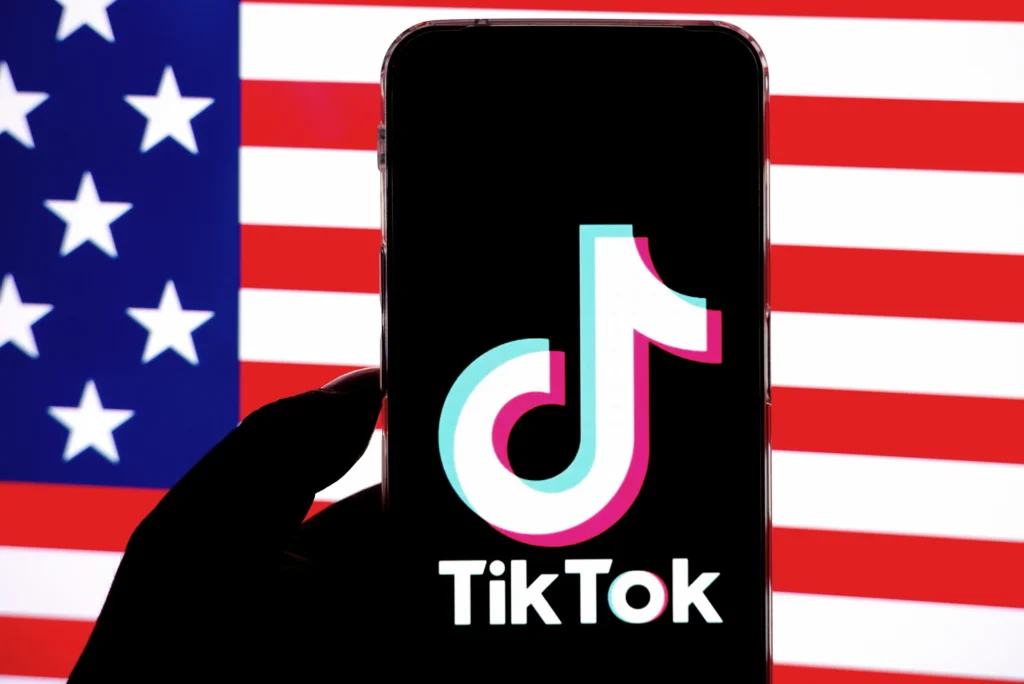
In the meantime, TikTok is working to rebuild trust and maintain its user base. The company has announced plans to increase transparency and strengthen data security measures, including the establishment of a “Transparency and Accountability Center” in the United States. These efforts are aimed at addressing lawmakers’ concerns while reassuring users that their data is safe.
The TikTok controversy underscores the complex interplay between technology, politics, and society. While the app’s temporary shutdown highlighted its importance to millions of Americans, it also exposed deep divisions over issues like national security, data privacy, and government regulation.
As TikTok navigates this uncertain landscape, its fate will depend not only on the outcome of ByteDance’s negotiations but also on broader shifts in U.S.-China relations and the global tech industry. For now, TikTok’s 170 million American users can breathe a sigh of relief—but the story is far from over.
Conclusion
TikTok’s journey in the United States highlights the complex interplay between technology, national security, and international relations. As the platform navigates these challenges, its experience serves as a case study for the broader implications of foreign-owned technology companies operating within the U.S. visit THENEWSIFY for more informations




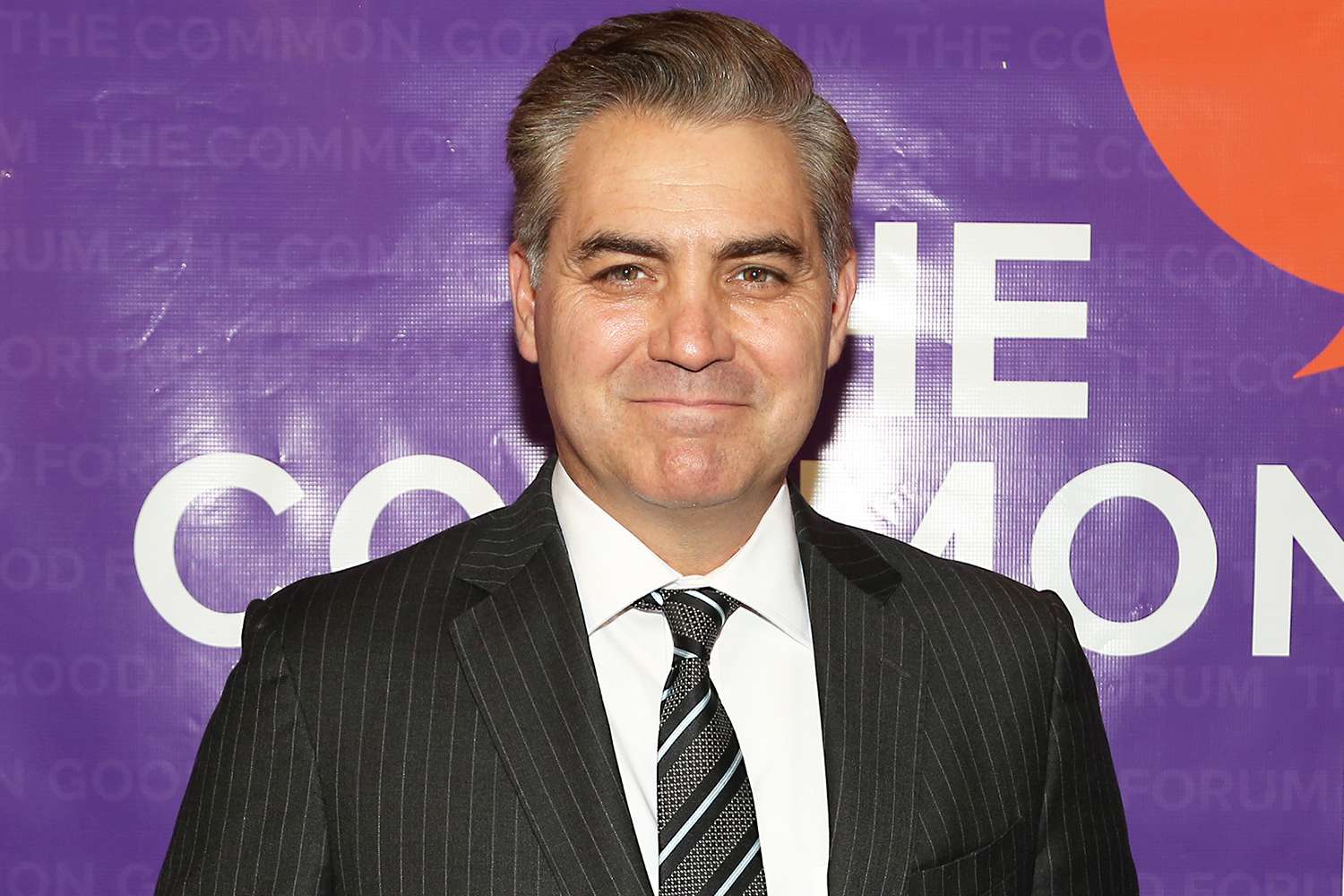
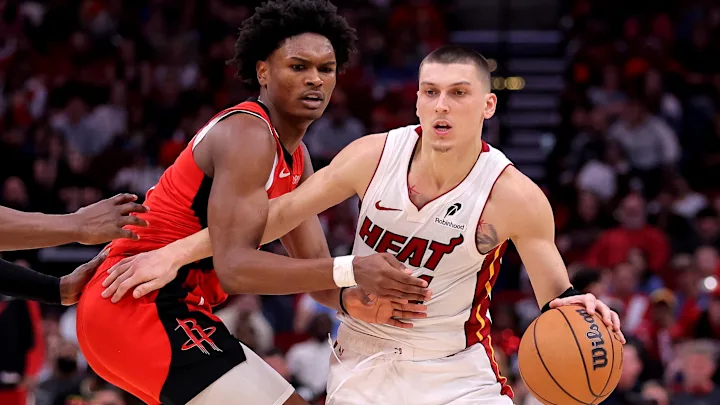
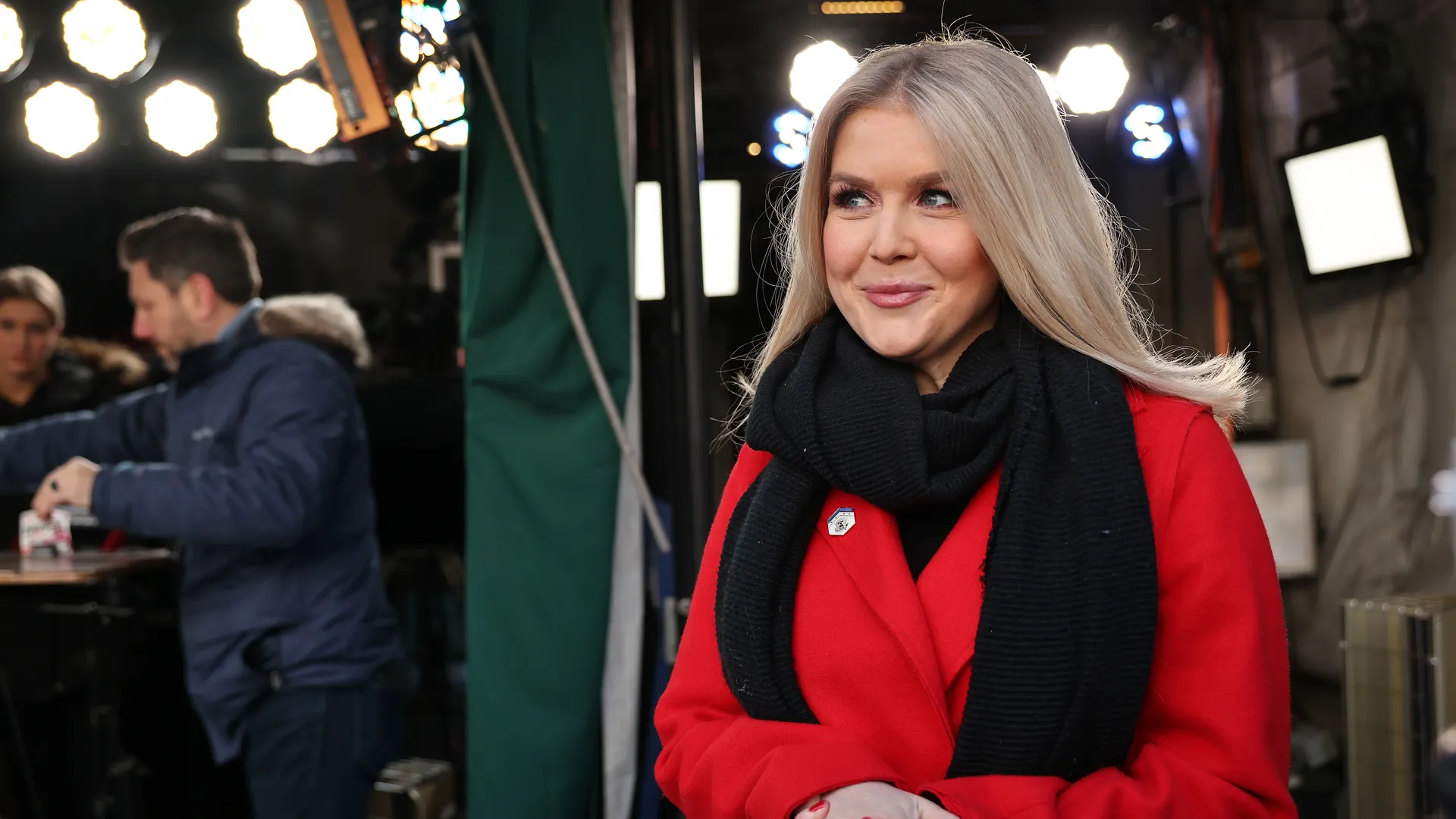
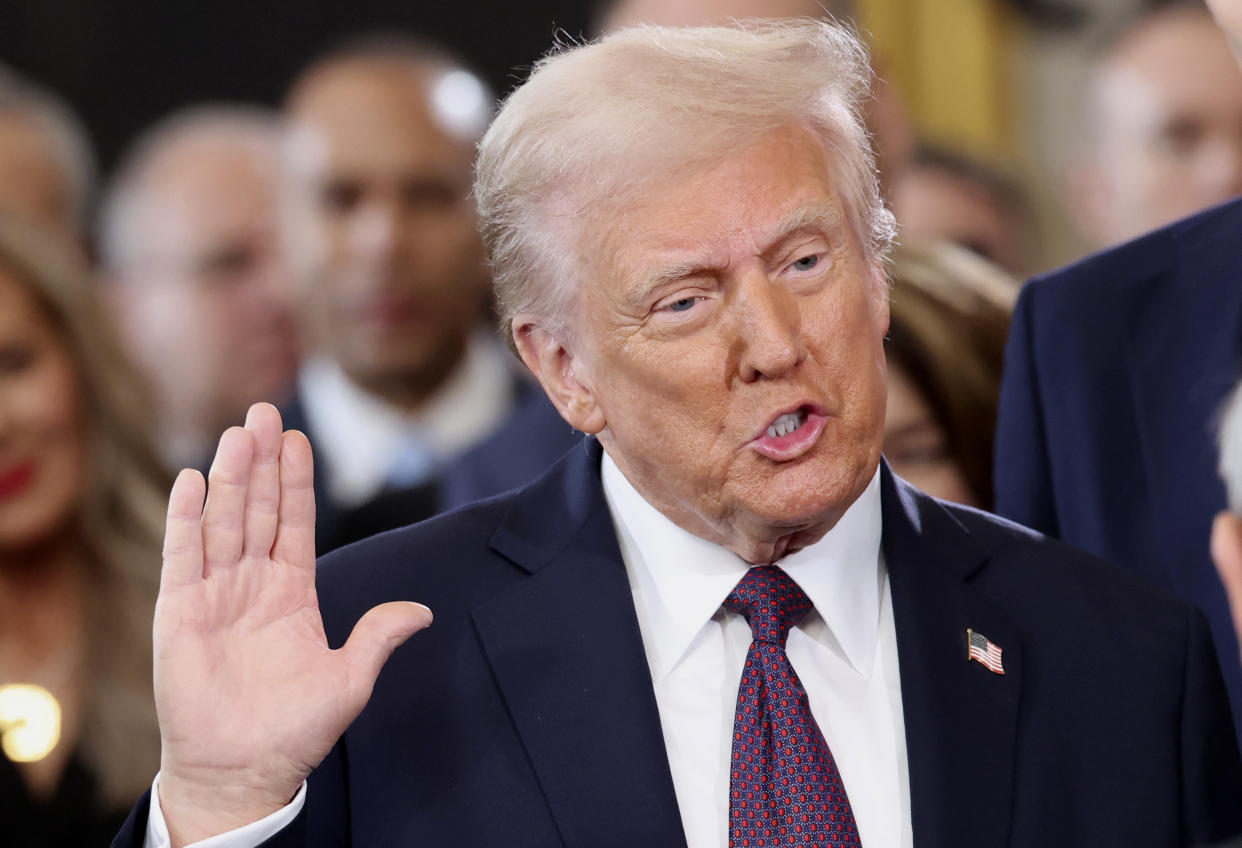

Leave a Reply